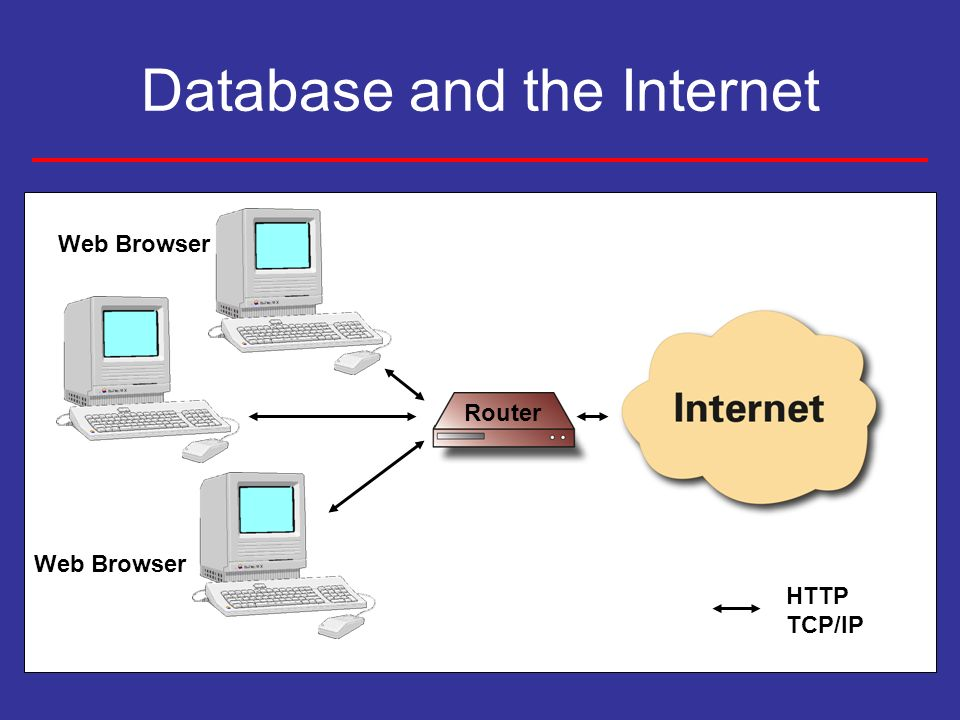Chapter No 3
⦁ Semantic Data Model
⦁ Relational Model
⦁ Database Models and Internet
Semantic Data Model:
"A semantic data model is a method of organizing data in a logical and meaningful way. "
It provides a conceptual representation of data and the relationships between them, adding a layer of semantic information that gives data a basic meaning.
Key Elements:
1. - Entities: Represent objects or concepts (e.g., Person, Product).
2. - Attributes: Characteristics or properties of entities.
3. - Relationships: Connections between entities, defining associations through the foreign key.
A semantic data model describes data about its real-world interpretation and usage.
For example, the object "Person" can be generalized to include "Employee," "Applicant," and "Customer," and is related to "Project" and "Task." A person can own multiple projects, and a specific task can be associated with different projects.
Advantages of Semantic Data Models:
1. Reveals and clarifies relationships between data instances.
2. Supports data visualization for clearer data reporting.
3. Facilitates application development.
4. Does not require extensive technical knowledge of data models.
5. Represents elements in objective reality, which is crucial.
6. Highlight the main characteristics of each component.
7. Helps describe specific processes before implementing them in the organizational structure.
Disadvantages of Semantic Data Models:
1. Relies on the graph data modelling technique, which may need to be more widely known or used.
2. Requires practice and experience to create effectively.
Q: What are the benefits of using a semantic data model?
Using a semantic data model offers several benefits, including
1. improved data integration
2. enhanced data quality
3. easier data sharing
4. simplified data maintenance
Relational Data Model :
"A relational data model is a method for structuring data using relationships between tables."
Basic Components:
• Table/Relation: Represents an entity (e.g., employees, customers).
• Row/Tuple: Each record in a table.
• Column/Attribute: Represents a specific property or characteristic.
⦁ Primary key: A primary key is like a unique identifier for a record in a database table.
⦁ Foreign Key: A foreign key is a way of linking two tables in a database together.
⦁
Why Use a Relational Data Model?
• Simplicity: Easier to understand and use compared to other models.
• Flexibility: Supports changes in data and business requirements.
• Data Integrity: Ensures accuracy and consistency of data.
Importance:
• Standardization: Widely adopted and used in database management systems (DBMS).
• Query Language: SQL (Structured Query Language) is designed for relational databases.
• Data Integrity: Enforces constraints, reducing errors and inconsistencies.
Advantages:
• Data Integrity: Ensures accuracy and consistency through constraints.
• Simplicity: Easy to understand for users and developers.
• Query Flexibility: Supports complex queries and reporting.
• Normalization: Facilitates organized and efficient storage of data.
• Scalability: Scales as well as the data volume increase.
Disadvantages:
• Performance: Large-scale databases may experience performance issues.
• Complexity for Certain Relationships: Representing certain relationships can be complex.
• Normalization Overhead: Over-normalization can lead to increased joint operations.
• Limited Hierarchical Representation: Not ideal for representing hierarchical relationships.
For Example
Database Using the Internet:
"This term can refer to databases accessed, managed, and operated through internet technologies."
It often involves the use of web-based interfaces for database interaction.
Advantages:
1. Accessibility: Users can access the database from anywhere with an internet connection.
2. Collaboration: Facilitates collaboration as multiple users can work on the same database simultaneously.
3. Scalability: Can easily scale to accommodate growing amounts of data and users.
Disadvantages:
1. Security Concerns: Internet-based databases may be susceptible to security threats and require robust
2. security measures.
3. Reliability: Relies on internet connectivity, and disruptions can affect database access.
4. Performance: The speed of data retrieval and updates may be influenced by internet connection speeds.
How They Interact:
Web users use their devices (such as computers, smartphones) to connect to the Internet.
The router directs the data packets from web users to their specific destination, such as the web server hosting the database application.
The Internet behave like a medium through which data travels between the web users and the database server.
The web server processes user requests, interacts with the database, and sends back the relevant data or responses to the users through the same route.
Conclusion: the Internet and router facilitate the communication between web users and the database server, allowing for data access and interaction with the web-based database system.







Comments
Post a Comment